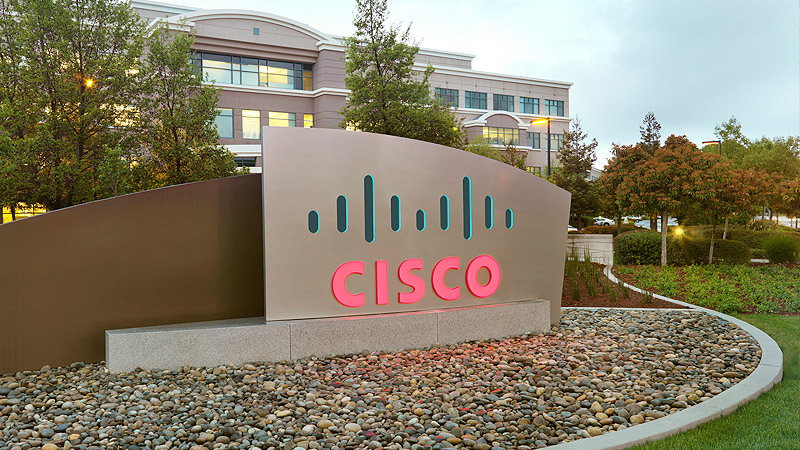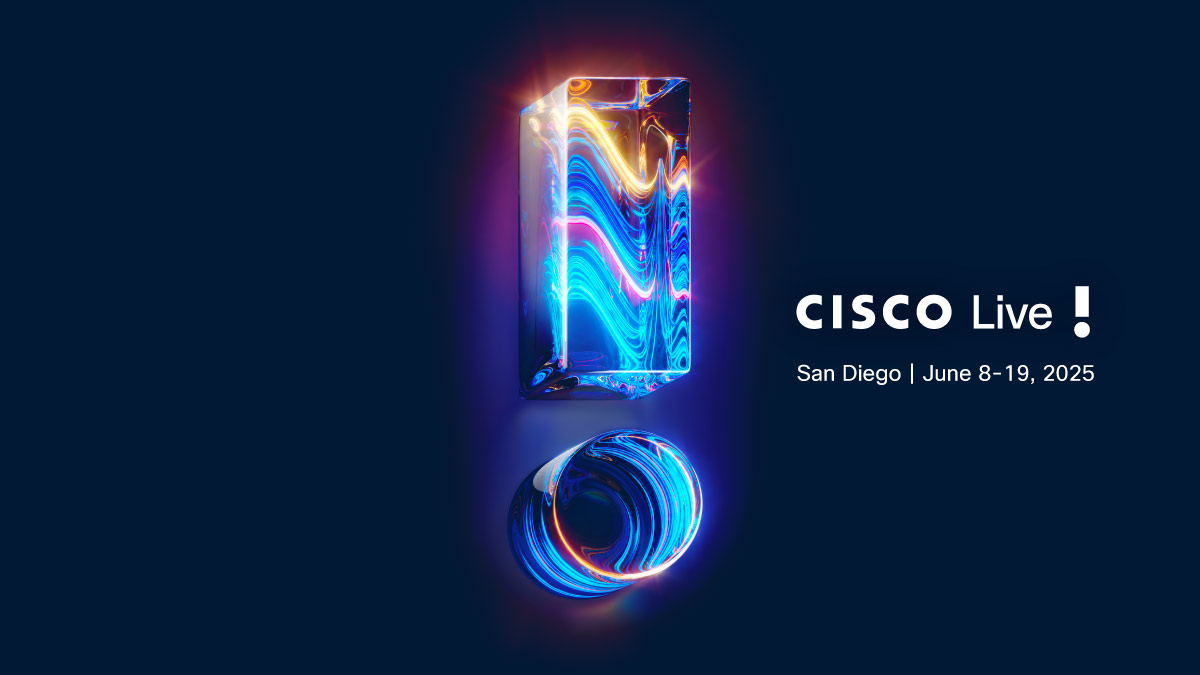SAN JOSE, CA. February 22nd, 2011 – Cisco today announced a series of customer and technology milestones across the Unified Fabric, Unified Computing System and Unified Network Services technology portfolios which form the foundation of its Data Center Business Advantage architectural framework.
Cisco announced that it has shipped its one millionth Nexus 10Gb Ethernet port, bringing the total number of Nexus ports in customer production environments to more than 7,000,000. The company also surpassed 10,000 NX-OS customers and neared 4,000 Unified Computing Systems customers at the end of its fiscal second quarter, demonstrating the platforms are quickly becoming the infrastructure of choice for next generation data center virtualization and private clouds in enterprise, public sector, commercial and service provider markets.
The Nexus and UCS families of products are vital assets in Cisco's cloud computing portfolio. They provide the building blocks for highly virtualized data center and private cloud environments, and are already widely deployed by enterprises for private cloud applications such as desktop virtualization, hosted voice, video, collaboration and security.
UCS and Nexus have been implemented for cloud services at leading service providers such as AlphaWest, Bridgewater, Cable and Wireless, Cincinnati Bell, Navisite, Orange Business Services, PINS, Portugal Telecom, Radiant, Savvis, Saudi Telecom Company, SingTel, Sungard, Telstra, TELUS, and Terremark.
Cisco's leadership in unified fabric is based on delivering architectural flexibility for any application, in any location, and any scale in a secure, scalable and open manner. The Nexus and Unified Computing System product families are designed to help customers build data center environments in a modular fashion. Cisco has employed an evolutionary standards-based approach throughout its next generation data center portfolio to provide customers with peace of mind through investment protection.
Additional Unified Fabric and Unified Computing Milestones
- More Customers Choose Cisco Unified Computing System for Data Center Virtualization and Cloud Computing Build-Outs - Cisco announced today that it has reached nearly 4,000 customers for its Unified Computing System as of the end of its second fiscal year quarter, just eighteen months since the first generation of the platform shipped. In excess of 1,000 of these customers are repeat purchasers of UCS. As of Cisco's fiscal year second quarter 2011, Cisco's Unified Computing System revenue grew more than 700% year-over-year, bringing the UCS annualized revenue run rate to $650M.
- Nexus Family Experiences Strong Revenue Growth Year-over-Year - Sales of the Nexus 5000 grew 56% year over year in the second quarter of Cisco's fiscal year 2011. In the same period, Nexus 2000 revenues grew 150% and Nexus 7000 revenues grew almost 100% to an annualized run rate of $1B.
- Expanded Software Application Choice on NX-OS - Cisco further announced today expanded choices for customers as the number of applications certified to run over the open NX-OS exceeded 10,000. To date more than 40 major ISVs have executed extensive integrations with the UCS or Nexus API. NX-OS remains the only operating system in the industry that unifies networking, storage and compute across and between data center fabrics.
Industry Analysts Analyze Fabric Computing Approach and Warn Against "Rip-and-Replace"
- In a new report titled "Fabric Computing Poised as a Preferred Infrastructure for Virtualization and Cloud Computing" Gartner research Vice Presidents George J. Weiss and Andrew Butler urge customers: "Do not overhaul or plan on rip-and-replace fabric development, but impose on vendors' design guidelines that harmonize their solutions with your other data center infrastructure."
- In a November 4, 2010 independent report titled "Q&A: Networking Landscape, Q4 2010" Forrester Research, Inc. commented that: "To Cisco's credit, it saw the data center evolution way before any other networking vendor and started to build a set of products and solutions directed at a converged and virtual world."
Cisco Protects Customers Investments with Standards-based Innovation
- Cisco has employed an evolutionary standards-based approach throughout its next generation data center portfolio to provide customers with peace of mind through investment protection.
- Cisco unified fabric supports the 801.Qbh standard for virtualization and leverages the INCITS and IEEE DCBX protocols. The Virtual Network Interface Card on the UCS is based on industry evolving SR-IOV standard.
Cisco will further advance its data center technology leadership with news in the spring of 2011, when it will announce standards-based fabric portfolio innovations and proof points that extend the architectural flexibility of the fabric to support any application, at any location, and to any scale. Innovations will include:
- Industry-leading convergence with "wire-once" on-demand functionality
- Innovations to enable seamless transition to virtualized, cloud-ready environments
- A standards-based end-to-end architecture to extend unified fabric consolidation beyond the access point.
- Nexus product family extensions to address ultra-low latency workload requirements
SUPPORTING QUOTE
Executive Quote:
- "Customers have spoken with their wallets. They clearly believe a standards-based approach which combines unified computing with a unified fabric, and unified network services provides the data center foundation they're looking for," said John McCool, senior vice president, data center switching and services group. "Cisco's Nexus and UCS platform momentum speaks volumes for the agility, flexibility, and investment protection that an integrated system approach provides."
SUPPORTING RESOURCES FOR EDITORS
Awards and Industry Recognition
- Cisco's data center portfolio has garnered dozens of industry awards, including eWeek Product of the Year, InfoWorld Technology of the Year, CRN Tech Innovator Award, and Best of VMWorld.
Cisco Unified Fabric Innovation Chronology
Cisco pioneered Unified Fabric starting in 2008 with the first products to converge LAN and SAN fabrics with Ethernet-based networking. Its technology leadership since then has been central to the company's leadership in next generation data center architectures.
- Jan-April 2008 - Cisco introduces unified computing, Nexus 7000, Nexus 5000, and Nexus Operating System to help customers prepare for the migration to unified fabric in the data center.
- September 2008 - Cisco and VMware introduce the Cisco Nexus® 1000V distributed virtual software switch to simplify networking infrastructures to accelerate data center virtualization.
- January 2009 – Cisco expands Nexus and Catalyst switching portfolio to help customers transform data centers and adopt virtualization.
- March 2009 – Cisco introduces Unified Computing System
- February 2010 – Cisco introduces Overlay Transport Virtualization for Nexus 7000 to make connections between data centers simpler and more intelligent.
- April 2010 – Cisco introduces second generation UCS and FEX-Link, a flexible server access layer to support any fabric, with 100Mb, 1Gb and 10Gb Ethernet, native Fibre Channel, Fibre Channel over Ethernet (FCoE.), InfiniBand over Ethernet, iSCSI and NAS.
- June 2010 – Cisco introduces FabricPath®, its TRILL -based networking technology to increase network scalability, resource agility, asset efficiency, for virtualized and cloud-based data centers.
- Sept 2010 – Cisco introduced Unified Network Services, to deliver any network service in any environment and in any form factor.
- Read more about the Cisco Data Center Business Advantage
- View videos on Cisco's new data center products and the Data Center Business Advantage
- Cisco Unified Computing website
- Cisco Unified Fabric website
- Cisco Data Center website
- Read Cisco Data Center blog
Technorati Tags:
Cisco, Data Center, Data Center Switches, Unified Computing System, Unified Fabric


